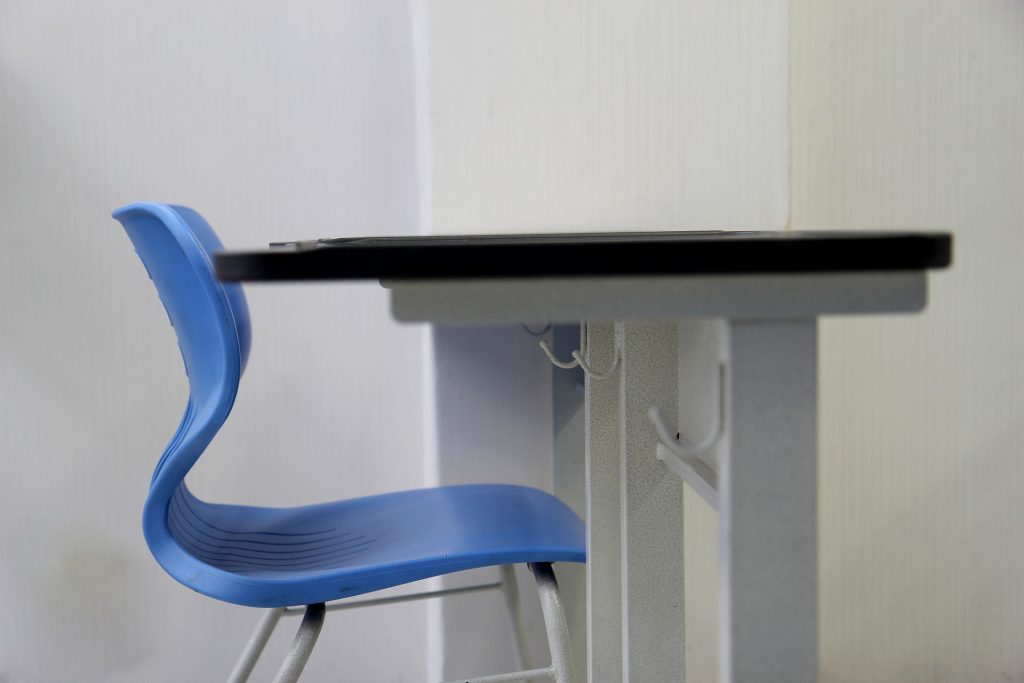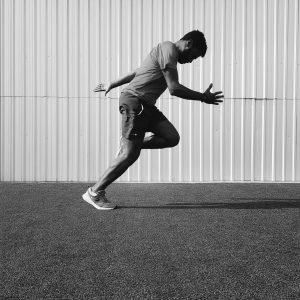
Comfort is always superior to style; having a comfortable chair is not only an investment in a piece of furniture but also an investment that will improve your posture and overall health physically and mentally. Hence, having a comfortable chair at your home office chair, in your dining room, or any other seating area is of high importance.
It is important to get an understanding of people’s sitting habits. People’s sitting posture and positioning can be roughly divided into three types: sitting forward, sitting upright, and leaning back. The posture of sitting forward is mainly the posture of work, and leaning back is the posture of rest. Chairs with back support encourage a more productive attitude for work over those with low backs or no spine used for relaxing purposes.
By analyzing the physiological characteristics of people in the sitting posture, we can use these characteristics to derive the most comfortable and appropriate design style chair. When the design of the chair satisfies ergonomics to the greatest extent, the comfort of the chair is maximized. So, how should you design a chair based on ergonomic principles?
The vertical distance between the seat and the ground is the sitting height of a person. As the chair surface often tilts backward, the sitting height of the chair is usually the previous sitting height as the chair’s sitting height; if the sitting surface is tilted backward or has a concave arc, the sitting height refers to the vertical distance from the center of the front edge to the ground.
Appropriate Sitting Surface Height: Keep your thighs level, calves vertical, and feet flat on the ground. If the seat height is too high, the dangling legs will compress the thigh blood vessels; too low will cause physical fatigue. The practice has proved that the appropriate seat height is the height from the calf socket to the sole, plus the heel thickness of 25mm-35mm, minus the activity margin of 10mm-20mm which is: Sitting Height = Calf Socket Height + Heel Thickness-proper Clearance

The Standard Size Of The Chair-sitting Depth
Sitting depth refers to the distance from the front edge to the back edge of the chair surface. The depth of sitting depth has a great influence on the comfort of a human sitting posture. If the sitting depth of the chair exceeds the horizontal length of the thigh, the human body will have a great inclination against the backrest, and the waist lacks support points and hangs, which intensifies the strength of the waist muscle activity and causes fatigue. At the same time, the sitting surface is too deep, causing the knee socket to produce a numb reaction, making it conducive to stand up.
The horizontal length of the thighs of the human sitting posture is an average of 445mm for males and 425mm for females.
Further, ensure that the front of the sitting surface is a certain distance from the inside of the knee (about 60mm) so that the sitting depth is usually between 380mm and 420mm.
The Standard Size Of The Chair-sitting Width
The width of the sitting surface of a chair is usually wide in the front and narrow in the back according to the person’s sitting posture and movements. The front width of the sitting surface is called the width before sitting, and the width of the back edge is called the width after sitting.
The sitting width is generally not less than 380mm. For a chair with armrests, the arm support of the human body should be considered.
The Standard Size Of The Chair – Inclination Of The Sitting Surface
When a person is resting, the common sitting posture is to lean back to support the lumbar spine. Therefore, most of the general sitting surface is designed to tilt back. The inclination of the sitting surface is generally 3 to 5 degrees, and the opposite seatback is also inclined backward.
Chair Standard Size-backrest Height
The size of the backrest is mainly related to the height from the bottom of the hips to the shoulders (determining the height of the backrest) and shoulder width (determining the width of the backrest).
The Standard Size Of The Chair-armrest Height
The height of the armrest should be close to the vertical distance from the human ischial knot node to the lower end of the elbow when it is naturally drooping. The practice has proved that the appropriate vertical distance from the upper surface of the armrest to the seat surface is from 200mm to 250mm. At the same time, the front end of the armrest should be slightly higher. With the change of the inclination of the seat surface and the inclination of the backrest, the general gradient of the armrest is 10-20 degrees.







